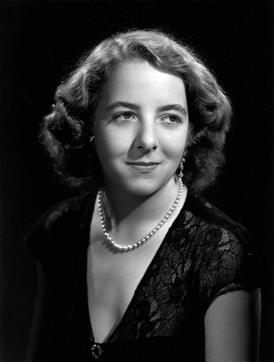
James George Alexander Bannerman Carnegie, 3rd Duke of Fife was a British landowner, farmer and peer. He was the grandson of Louise, Princess Royal, a daughter of King Edward VII and Queen Alexandra. As a female-line great-grandson of a British sovereign, he did not carry out royal or official duties or receive any funds from the Civil List. He was the second cousin of Queen Elizabeth II and Princess Margaret, Countess of Snowdon, and King Harald V of Norway. Through his maternal grandfather, he was also a descendant of William IV and Dorothea Jordan.

Earl of Southesk is a title in the Peerage of Scotland. It was created in 1633 for Sir David Carnegie, an Extraordinary Lord of Session. He had already been created Lord Carnegie of Kinnaird in 1616 and was made Lord Carnegie, of Kinnaird and Leuchars, at the same time he was given the earldom. These titles are also in the Peerage of Scotland. The earldom is named after the River South Esk in Angus. Carnegie's younger brother John Carnegie was given the corresponding title: earl of Northesk. The earl of Southesk also holds the Scottish feudal title of Baron of Kinnaird and is a baronet in the Baronetage of Nova Scotia. Kinnaird Castle, Brechin, has been the home of the earls of Southesk for several hundred years.
Alexander Stewart, 6th Earl of Galloway was a Scottish aristocrat.

James Carnegie, 9th Earl of Southesk, was a Scottish nobleman, explorer and poet.

Sir John Keith, 1st Earl of Kintore PC (Scot), was a Scottish nobleman.

Thomas Henry Liddell, 1st Baron Ravensworth, known as Sir Thomas Liddell, 6th Baronet, from 1791 to 1821, was a British peer and Tory politician.

Diana Denyse Hay, 23rd Countess of Erroll was a British noblewoman.

Sir Andrew Agnew, 8th Baronet DL was a Scottish politician and baronet.
Walter Campbell, 3rd of Shawfield and Islay and 9th of Skipness was a Scottish landowner, advocate and Rector of Glasgow University.
Sir James Carnegie of Pittarrow, 3rd Baronet was a Scottish politician, soldier and 6th Earl of Southesk, 6th Baron Carnegie of Kinnaird and 6th Baron Carnegie, of Kinnaird and Leuchars.
Sir David Carnegie of Pitcarrow, 1st Baronet was a Scottish politician and baronet.
Charles Noel Carnegie, 10th Earl of Southesk JP DL, was a Scottish nobleman.
John Bellenden, 2nd Lord Bellenden was a Scottish nobleman.

Francis Alexander Keith-Falconer, 8th Earl of Kintore, 10th Lord Falconer of Halkerton, 8th Lord Keith of Inverurie and Keith Hall, Chief of Clan Keith, was a Scottish aristocrat.

Anthony Keith-Falconer, 7th Earl of Kintore, 9th Lord Falconer of Halkerton, 7th Lord Keith of Inverurie and Keith Hall, Chief of Clan Keith, was a Scottish aristocrat.

William Keith, 2nd Earl of Kintore, was a Scottish nobleman.

Anthony Adrian Keith-Falconer, 5th Earl of Kintore, 5th Lord Keith of Inverurie and Keith Hall, who was known as the 7th Lord Falconer of Halkerton, between 1776 and 1778, was a Dutch-Scottish aristocrat.

William Keith-Falconer, 6th Earl of Kintore, 8th Lord Falconer of Halkerton, 6th Lord Keith of Inverurie and Keith Hall, was a Dutch-Scottish aristocrat.
Sir Alexander Bannerman, 6th Baronet was a Scottish doctor and professor of medicine at the University of Aberdeen.
Sir Alexander Bannerman, 9th Baronet was a Scottish diplomat.












